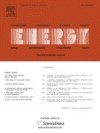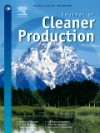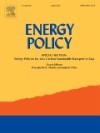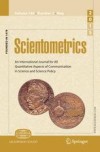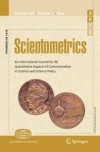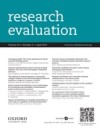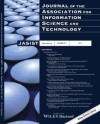Osuna C., Cruz-Castro L. & Sanz-Menendez L. (2011) Overturning some assumptions about the effects of evaluation systems on publication performance. Scientometrics 86(3): 575-592
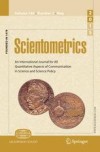
Abstract. In 1989 the Spanish Government established an individual retrospective research evaluation system (RES) for public researchers. Policy makers have associated the establishment of this evaluation system with the significant increase in the volume of scientific publications attributed to Spain over the last decades. In a similar vein to the analyses of other country cases, some scholars have also claimed that the growth of Spain’s international scientific publications is a result of the establishment of the new evaluation system.



